Noted Indian Carnatic vocalist and Ramon Magsaysay prize winner TM Krishna is known for pushing the envelope with every performance. However, his biggest contribution to the domain of arts and culture has perhaps been the breaking of social barriers and inclusion of marginalised musical communities into the so-called ’tradition system’. His collaborations with these musical communities have often raised eyebrows, but they’ve also created a magic that cannot be denied.
On 16 December, Krishna collaborated with Kattaikkuttu (a traditional movement-based musical theatre form from the interiors of Tamil Nadu) artistes, in a concert at Mumbai’s St. Andrew’s Auditorium, under the banner of First Edition Arts’ Karnatic Modern II Series. The performance was conceptualised by the Kattaikkuttu playwright, performer and composer P Rajagopal, his wife and scholar Hanne M De Bruin along with Krishna and Carnatic musician Sangeetha Sivakumar. Including the above four, the whole performance brought together around 17 musicians and actors on stage.
The premise of the performance was the disrobing of Draupadi and the 18th day from the Mahabharata. Devina Dutt of First Edition Arts, mentions in her review that one of the highlights of the performance was a musical dialogue between Rajagopal and Krishna where they discussed (musically) the concepts of labour, knowledge, language and caste. “While Rajagopal sang his own verses, Krishna sang verses from the Bhagvatapurana, Kanaka Dasa and Perumal Murugan,” she says.
Firstpost interviewed TM Krishna about this collaborative performance. Edited excerpts follow:
First, it was the Jogappas, now you are collaborating with Kattaikkuttu artistes. Your choice of projects brings notice to and appreciation for an art form. At the same time, with every performance/concert, you open up a discussion that makes one think. Is that a conscious decision?
I do not think the intention has ever been to make people take notice, but there is a conscious internal drive within me that constantly asks questions of my own perceptions, predispositions and fixations. These are social, cultural and aesthetic challenges. Therefore whether it is singing a Carnatic concert or collaborating with artists from other art forms, I am trying to dispassionately reflect — and that is the way I keep myself alive.
You have time and again stressed that ‘classical’ forms of art have always been at the disposal of the privileged/upper class/caste. While many have supported your stand, some have also expressed displeasure over the same. Does that bother you?
I do understand the displeasure and I know that two decades ago, I might have felt the same way. But what has surprised me is the inability of people within the community to even acknowledge that there is a problem. They seem to be living in some warped reality where socio-politically we are near perfect, if not perfect. The ignorance of sociology or understanding of cultural and social movements is abysmal. This has saddened me. The defense arguments have been so fallacious that if accepted, it is equal to declaring that there is no discrimination in any sphere of human activity. After all, haven’t there been women, African Americans, Dalits, ethnic minorities and religious minorities who have made a mark in so many fields? Only the upper-caste/class has the luxury to believe that society is caste-less or class-less? But I have one request to the nay-sayers: disagree with my methods, and find your own way of addressing these issues — but get out of this rabbit hole.
Recently, your remark on MS Subbulakshmi having ‘Brahminised herself’ became a huge point of discussion on social media. How do you raise important/bold questions knowing that it might not go down well with listeners?
The questions I raised about MS Subbulakshmi are not new or earth-shattering This has been spoken and written about by scholars, sociologists, historians, writers, thinkers for decades. This is probably the first time a person who belongs to the inner-wheels of Carnatic music expressed these ideas. Whether or not someone agrees with me is not is not my concern. It is the seriousness-ness of the idea that forces me to speak or write. This is not just about Carnatic music, these are questions of class, caste, gender and marginalisation. It is important that these are raised in all spheres of living. About my own inquiries, I can only say this: I might be wrong, but I am never disingenuous.
Living in times when freedom of expression is a contentious issue altogether, what motivates you? How can arts tackle non-secularism, fundamentalism and elitism when the existing art (mode) is a by-product of the same?
Art and artists can make a difference in society only if they are honest enough to fight the fundamentalism within their own sphere of work. Every art form is embroiled in its own mess and this needs to be addressed aesthetically and socially. The larger political discourse will emanate from this core, only then does it have a centering.
How do you respond to criticism about how Carnatic music should not be part of (events like) NH7 Weekender, considering the general atmosphere of such a music festival and the fact that alcohol is consumed there? What was your experience of performing at NH7 like?
NH7 was absolutely fantastic and I am so happy that Carnatic music found its voice there. The concert also proved that the younger generation is open to all music, we have to just take it to them. It is important that art forms are moved away from the comfort zones and placed in new environments. This will make them accessible to diverse people. To the critics, I have nothing to say.
In today’s digital world, when everything is ‘on the go’, do you think the pursuit of arts has also become ’nibbly’? How do you think the generation of today should understand and approach Indian classical (both Hindustani and Carnatic) in the fast-paced world around them?
I do not agree with the presumption that this or the next generation does not have the time to drench themselves in the arts. To believe that previous generations were more serious about art is just nostalgic old people talk! Every generation has had art nibblers! It is just that social media today reveals their identity to us. I have faith that the next generation will take to art with dedication and commitment, many have already. The path they choose may be entirely different from ours and we may be in disagreement, yet they move ahead. But it is our job to make them critically thinking ethical artists. I am never bothered about numbers, diversity interests me; that we need to work on.
Do you think the future of classical music is bright? Given the amount of technology that has seeped into the production of arts, how do you think a complicated form like classical music will fare in the coming days?
All art forms are complicated. So let’s stop adding these adjectives to only the classical. By doing so we are alienating it from people and placing it on a pedestal. Both can be avoided. Like every art form, the classical traditions will find a way to tap into technology in musicality and in the way the music is shared. But technology by itself can do nothing unless the people within begin asking difficult questions about the art and its nature. If we do not, technology will only help in furthering our exclusivity. In one of your recent demo-lectures, you had talked about how the new crop of Carnatic musicians has benefitted a lot from the youth awakening during the mid-1980s. How do you think the two major Indian classical music forms — Hindustani and Carnatic — benefit from each other? Is a confluence possible? Or should they remain in their perceived water-tight compartments?
Both art forms have always spoken to each other, they have never remained in water-tight compartments. But in the last 50 years, we have become parochial and insular, looking at each other as competitors rather than partners. Maybe we need to ban jugalbandis for a while. In my opinion (barring the rare beautiful experiments), by and large, such events have successfully perpetrated misnomers about each other’s forms. The truth is, very few Carnatic and Hindustani musicians actually know the other music. It is always a game of one-upmanship, with Carnatic and Hindustani musicians claiming the superiority of their own tradition. It is ironic that I am saying this, but we musicians need to learn to listen!


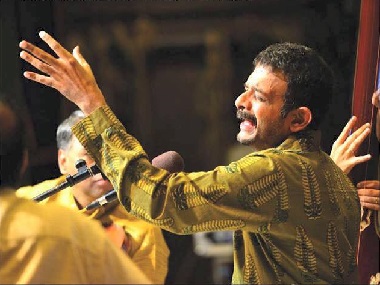)




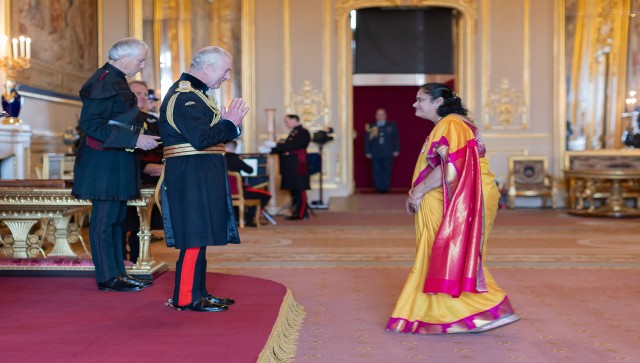)
)
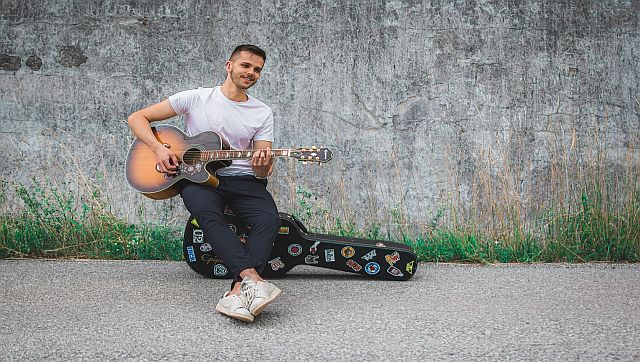)
)
)
)
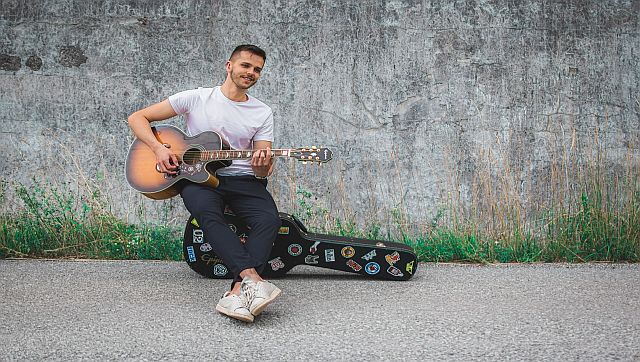)
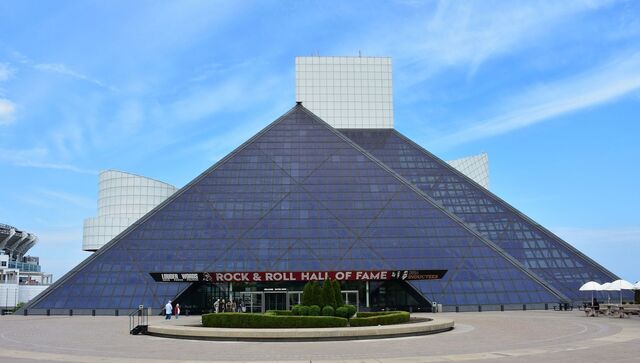)